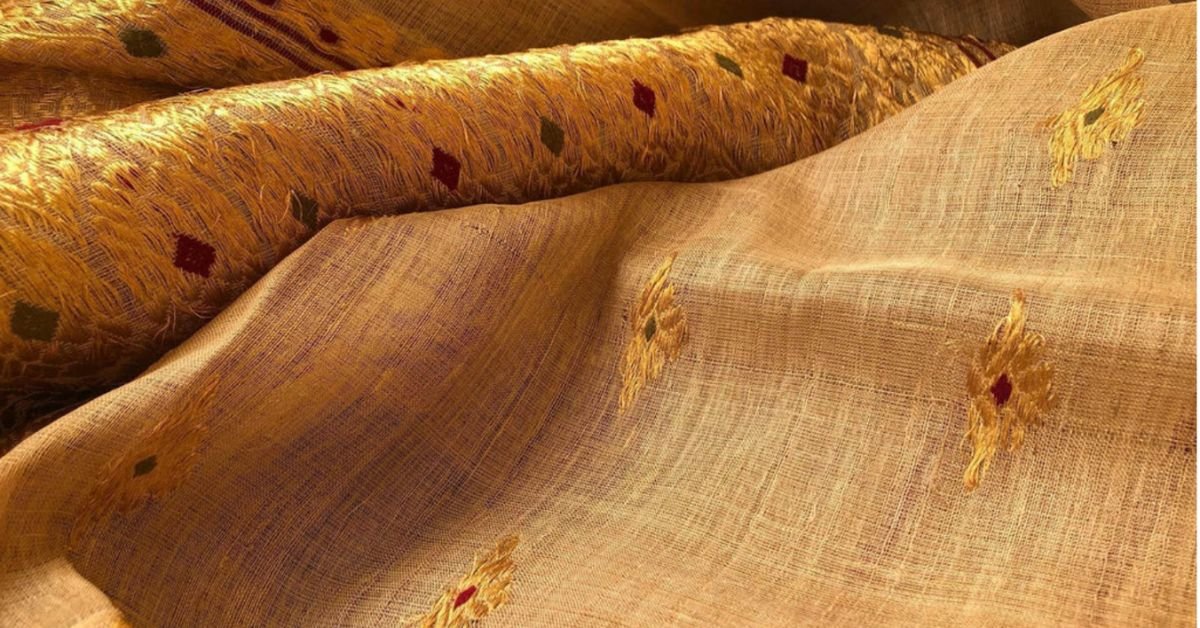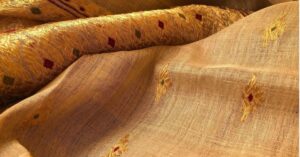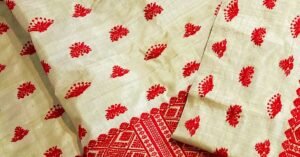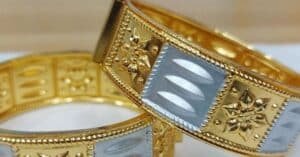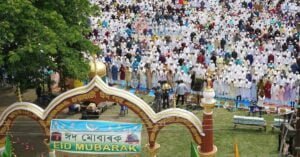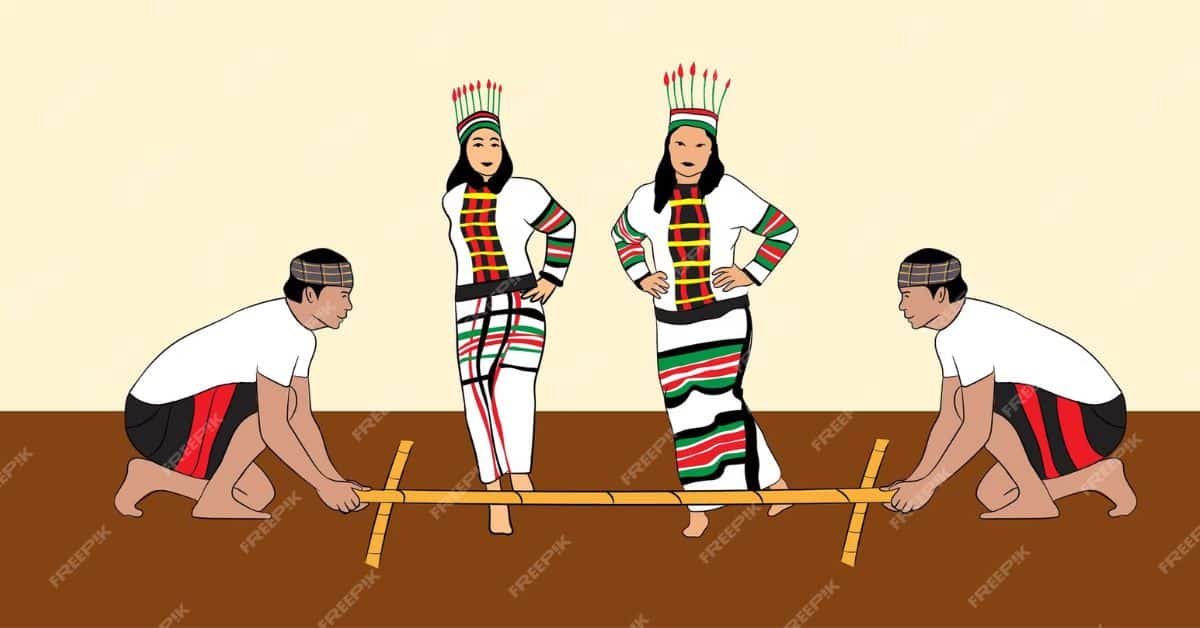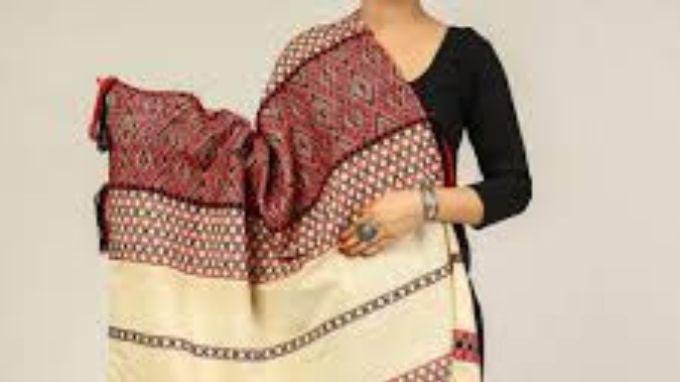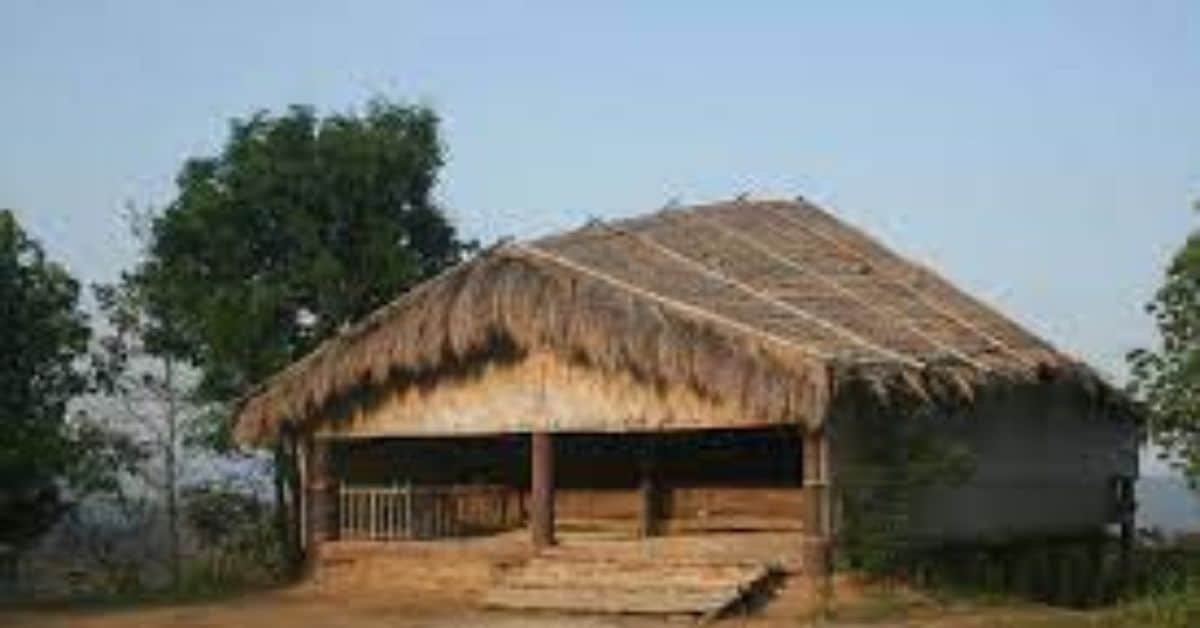Did you know that a garment crafted from Muga Silk can withstand the test of time, lasting up to a remarkable 1000 years and retaining its glaze, even after multiple washes? Did you know that Muga Silk is the only natural silk that is golden in colour and can absorb up to 85% of harmful UV rays? What’s more, Muga Silk isn’t just a marvel of longevity and beauty—it’s also a champion of sustainability.
Produced through a process that is 100% organic and eco-friendly, Muga Silk stands as a beacon of environmentally-conscious craftsmanship in the textile industry. Yet, despite its remarkable qualities, Muga Silk remains relatively unknown to many. This blog aims to uncover the intricate process behind Muga Silk production, how is Muga Silk Made and explore why this extraordinary fibre from Assam deserves global recognition.

Overview of Muga Silk from Assam
Muga Silk Fabric is a variety of silk that is exclusively produced in Assam and has a GI (Geographical Indication) tag registered for it authenticity and place of origin.
Similar to other types of silk, Muga silk originates from moth cocoons. However, the cocoon of Muga silk, known as “Muga Polu” in Assamese ( scientific name: Antheraea assamensis), holds a distinct significance. It is native exclusively to the state of Assam in northeastern India and it is a wild variety of silkworm. This wild silkworm cannot be reared in other parts of the world due to various geographic barriers.
To produce 500 grams of raw muga silk around 2500 silkworms are needed. Furthermore, to achieve the desired quality of Muga silk, these cocoons must be nourished with specific types of leaves. Only then can they yield the exquisite Muga silk, which is esteemed for its value akin to that of precious metals like gold and silver. All these factors make muga silk an exclusive and expensive product.
Cultivation of Muga Silkworm
The cultivation of Muga Silkworm primarily occurs in the districts of Lakhimpur, Dibrugarh, Tinsukia, Sonari, and Sivasagar in Assam, all located in the eastern part of the Assam state. The conducive climate of the region, coupled with traditional expertise in silkworm rearing, enables the local communities to nurture these distinctive silkworms with success.
How is Muga Silk Made? Step by Step
Here is the stepwise procedures on How is Muga Silk made:
Step 1: Collecting Muga Moths for Mating
The first thing while making Muga silk is to cultivate Muga moth. It is hardest part for a Muga silk rearers. It is generally a traditional knowledge passed on from one genration to the next. Muga silk rearers collect moth pairs and wait for mating between the male and female moths. After mating, female moths are attached to khorika, small bamboo poles, for laying eggs.
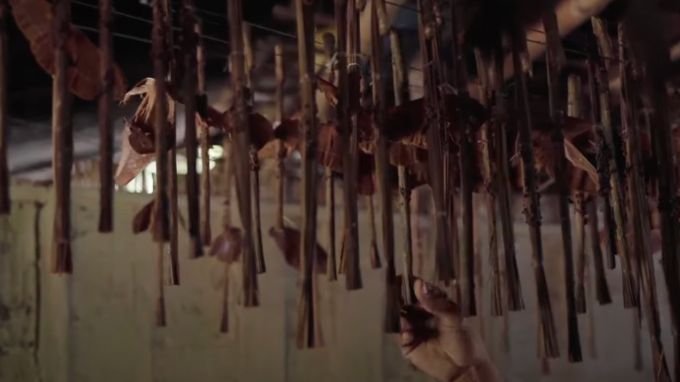
Step 2: Selecting Host Plants
The Muga silk rearers transfer the khorika with moth eggs to Som trees (Machilus bombycina). Som tree is considered the best host plants for Muga Silkworm. Silkworms fed on the leaves of Som tree produce the best silk. In the absence of Som tree, Sualu tree (Litsea polyantha) is selected as a host plant.

However, in the absence of Som and Sualu trees the cultivators are using other trees like mulberry, endi etc. which degrade the quality of the silk produced.
Step 3: Rearing and Protecting the Larvae
On the trees, the eggs hatch into larvae (caterpillars) and began to feed on the leaves of the host tree. The rearers face challenges as caterpillars are exposed to natural dangers. Villagers must protect the caterpillars from birds and other threats by building nets around the trees. After two months on the trees, mature caterpillars are collected by villagers, usually at night.
The collected caterpillars are placed into bamboo sieves covered with dried leaves to start cocooning, providing a safe environment for pupation.

Step 4: Cocoon Formation and Collection
During the cocooning stage, caterpillars spin a net around themselves and secrete fluid that hardens when it comes in contact with air to form cocoons. It is to be noted that not all caterpillars can become moths. Some remain unhatched. Hatched cocoons are preserved for future breeding, or used for rough silks like those used in shawls and blankets.
However, pure Muga silk is derived from unhatched cocoons, which contain unbroken silk fibers suitable for processing into threads. They can be processed to form a single thread measuring upto 900 metres.

Step 5: Silk Extraction and Processing
Weavers collect cocoons from various regions of Assam for silk extraction. The extraction process is organic and does not involve the use of chemicals like soap. Weavers boil water in a large bowl and add dried banana leaves and ash made of rice as part of the extraction process. Such organic method of degumming helps in enhancing its sheen and glaze.
Step 6: Weaving
Once the silk threads are extracted, weavers begin their work to create various Muga silk products. Weaving involves intricate processes to produce different types of Muga silk textiles, maintaining the organic nature of the material.

In Assam, handlooms are preferred as it gives flexibility to the weaver to customize the design according to the latest fashion and wishes of the customers.
The main centre of silk handloom and textile industry is Sualkuchi and its neighboring area such Hajo and Palashbari. It is where these Muga Silk are processed and final products are released for market.

